For many of us, the image of a rattlesnake includes that distinctive warning sound – the rapid vibration of its tail creating a buzzing rattle that signals potential danger. This iconic sound has been cemented in our collective consciousness through countless western movies and wildlife documentaries. However, the reality of rattlesnake behavior is more nuanced than Hollywood would have us believe. Understanding the true nature of rattlesnake warning signals is not only fascinating but could potentially be life-saving for those who venture into rattlesnake territory. This article explores the complex truth behind the question: do rattlesnakes always rattle before striking?
The Biology Behind the Rattle
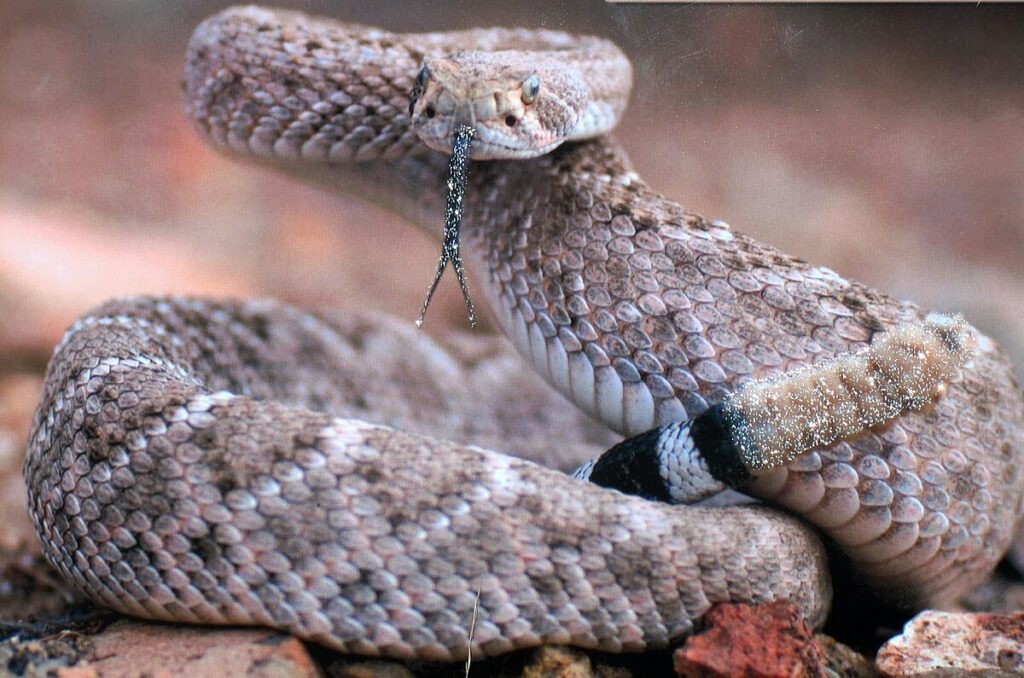
Rattlesnakes possess a unique anatomical feature that sets them apart from other venomous snakes – the rattle. This specialized structure consists of interlocking segments of keratin, the same protein found in human fingernails and hair. Each time a rattlesnake sheds its skin, a new segment is added to the rattle, though contrary to popular belief, this doesn’t reliably indicate the snake’s age. The segments fit loosely together, and when the snake vibrates its tail muscles at speeds of up to 50 times per second, these segments collide to produce the characteristic rattling sound. This remarkable adaptation has evolved specifically as a warning mechanism, allowing rattlesnakes to announce their presence to potential threats without having to resort to a defensive strike.
The Primary Purpose of Rattling
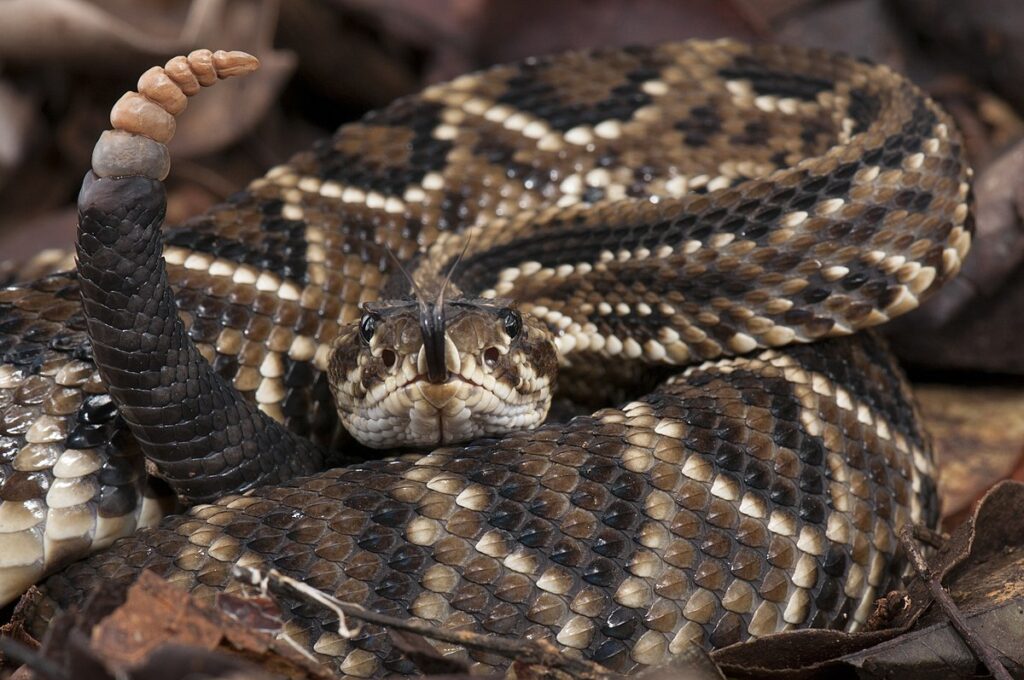
Contrary to what many people assume, rattlesnakes don’t rattle to warn humans specifically – this behavior evolved long before humans dominated the landscape. The primary evolutionary purpose of rattling is to warn larger animals that might accidentally step on or disturb the snake. Large hoofed mammals like bison, elk, and deer once roamed rattlesnake territory in great numbers, and being trampled would be fatal for the snake. By warning these animals of their presence, rattlesnakes could avoid being crushed while also avoiding the energy expenditure of delivering venom, which takes time and resources to replenish. This warning system benefits both the snake and potential threats, creating a mutually advantageous arrangement that has been refined through millions of years of evolution.
Factors That Influence Rattling Behavior
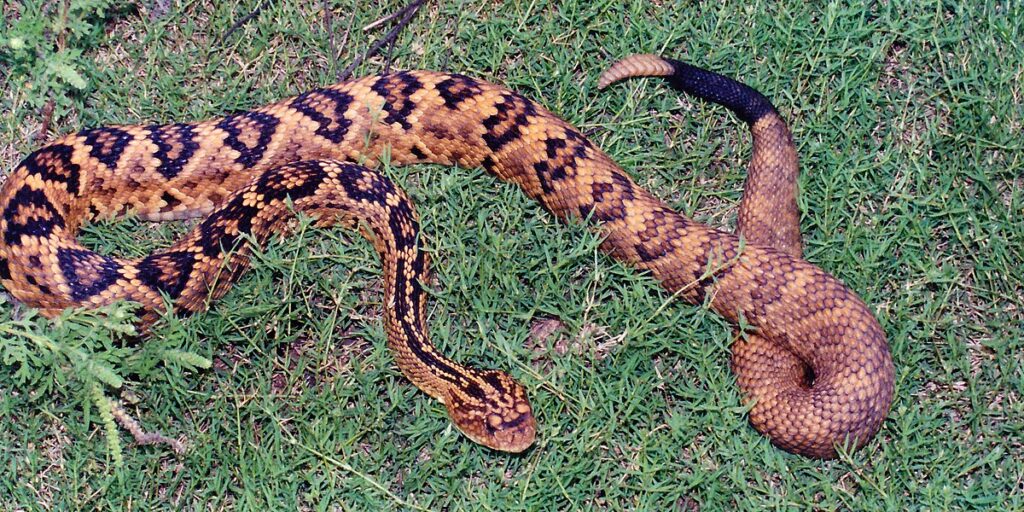
Multiple variables affect whether a rattlesnake will rattle before striking, making their behavior less predictable than many assume. Temperature plays a significant role, as rattlesnakes are ectothermic (cold-blooded) and their metabolic processes – including muscle movement – slow considerably in colder conditions. A snake that’s too cold might not have the energy or physical capability to rattle effectively. The snake’s previous experiences also matter; rattlesnakes that have been frequently disturbed or threatened may become either more or less likely to rattle depending on what outcomes those experiences produced. Additionally, individual temperament varies significantly among rattlesnakes, just as personality differs among humans, with some individuals being naturally more inclined to give warning signals than others.
Surprise Encounters and Defensive Strikes
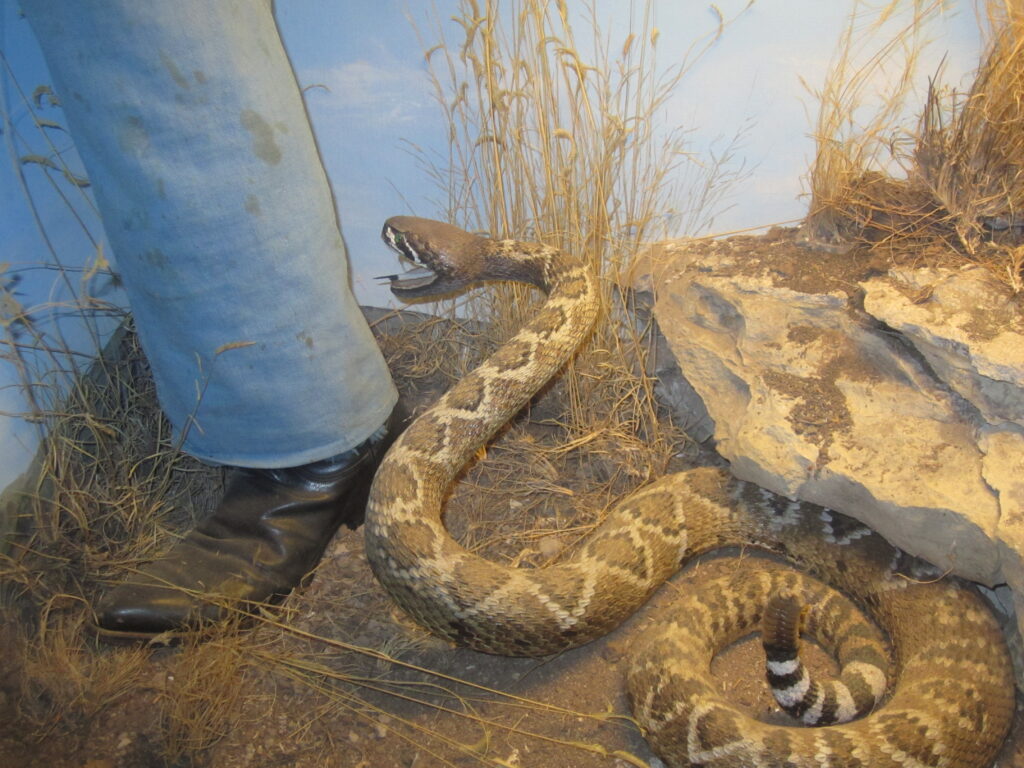
When a rattlesnake is suddenly surprised or feels immediately threatened, it may strike without rattling first. These scenarios typically occur when someone steps too close to a well-camouflaged snake before either party detects the other. In these startling moments, the snake’s instinctive self-preservation response takes precedence over warning behaviors. Researchers have documented numerous cases where rattlesnakes struck defensively without any preliminary rattling when they perceived an immediate threat. This behavior makes evolutionary sense – if a threat appears too suddenly and too close, taking the time to rattle might give the perceived predator the opportunity to attack first. In these situations, the snake defaults to its most direct defensive mechanism: the venomous strike.
The “Quiet Rattlesnake” Phenomenon
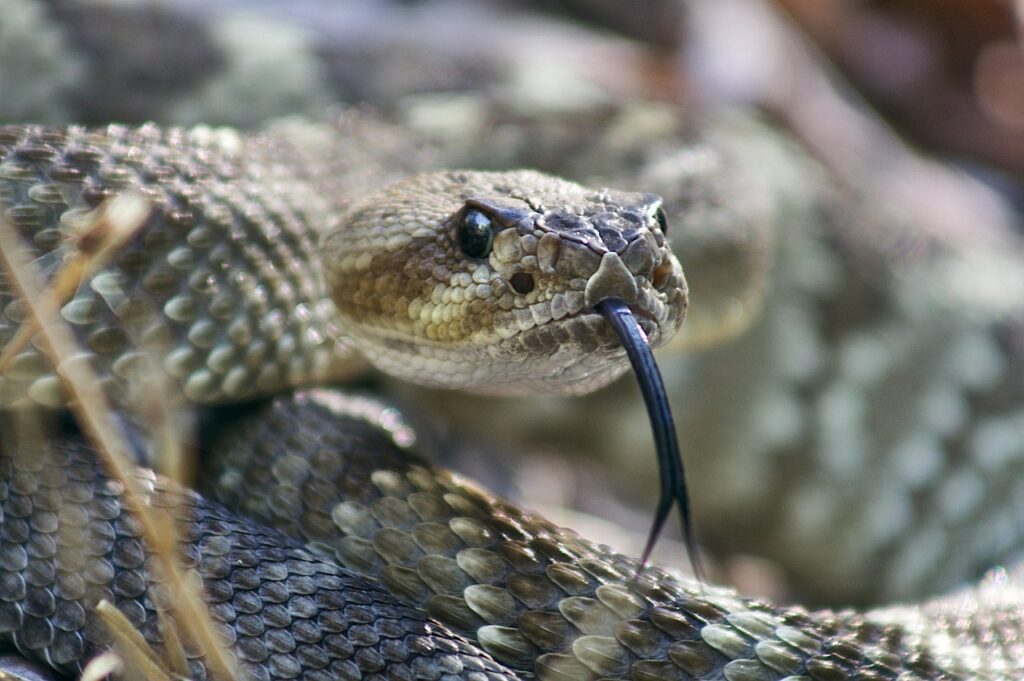
Some researchers and field herpetologists have observed what appears to be an increasing tendency among certain rattlesnake populations to strike without rattling first. This phenomenon has been dubbed the “quiet rattlesnake” hypothesis. The theory suggests that in areas with heavy human pressure, rattlesnakes that rattle frequently may be more likely to be discovered and killed by humans, creating a selective pressure favoring snakes that rattle less or not at all. While this hypothesis remains controversial and requires more rigorous scientific study, anecdotal reports from experienced field workers do suggest regional variations in rattling frequency. If proven, this would represent a remarkable example of rapid evolutionary adaptation in response to human activity.
Hunting Behavior vs. Defensive Behavior
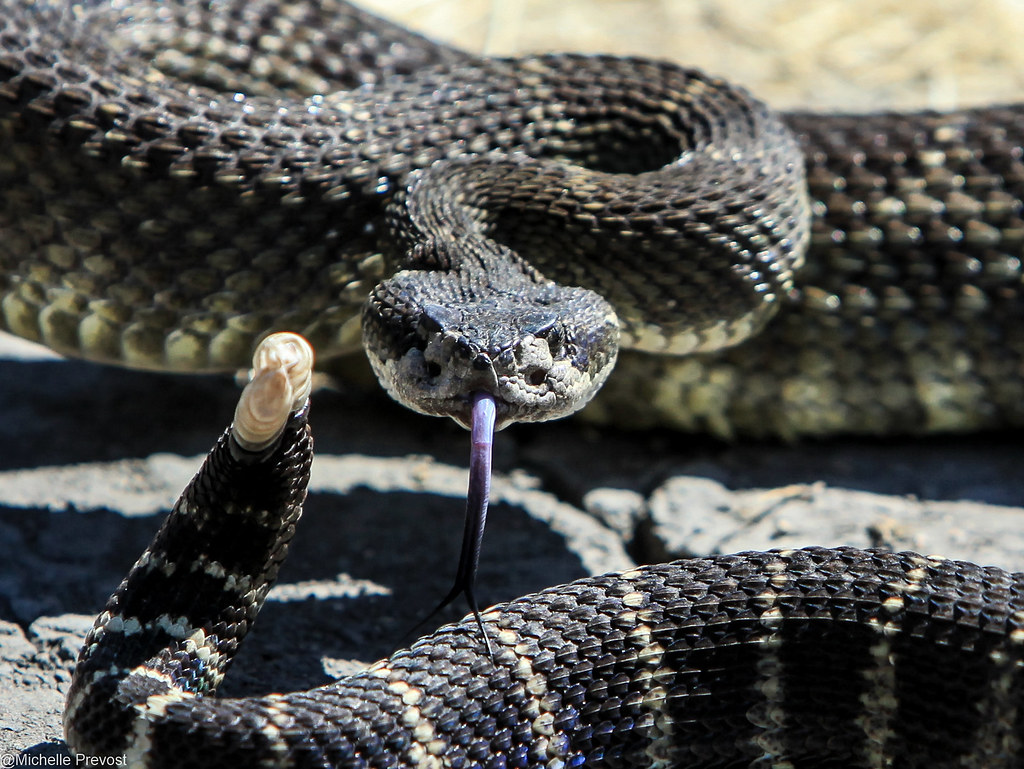
It’s crucial to distinguish between a rattlesnake’s hunting behavior and its defensive behavior, as the rattle serves no purpose during hunting. When pursuing prey like rodents, birds, or lizards, rattlesnakes rely on the element of surprise and will never announce their presence by rattling. The rattle is exclusively a defensive adaptation used when the snake feels threatened, not a hunting tool. During predatory activities, rattlesnakes are remarkably stealthy, using their excellent camouflage and heat-sensing pits to ambush prey with precision. This distinction helps explain why many rattlesnake bites occur without warning – if a human is mistaken for a predator and encountered suddenly, the snake responds defensively, while if the snake has time to assess the situation, it may choose to warn first.
Young Rattlesnakes and Rattling Capability
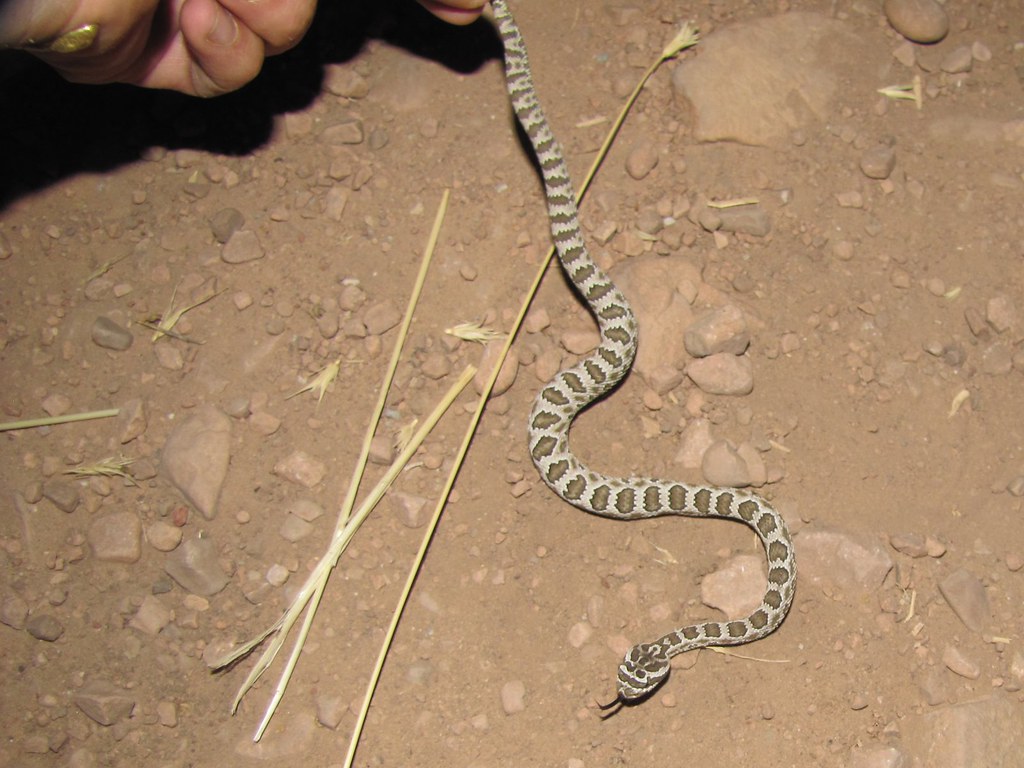
Newborn and juvenile rattlesnakes present a particular concern because they lack the fully developed rattle needed to produce an audible warning. Baby rattlesnakes are born with only a single segment called a “button,” which cannot produce the characteristic sound until the snake sheds its skin at least once and adds another segment. Despite their small size, these young snakes possess venom that is often just as potent as that of adults, and some studies suggest it may be even more toxic. Without the ability to produce an audible warning, young rattlesnakes may be more likely to strike when threatened. Their small size also makes them more difficult to spot, increasing the chances of accidental encounters that end in defensive strikes.
Environmental Factors Affecting Warning Signals
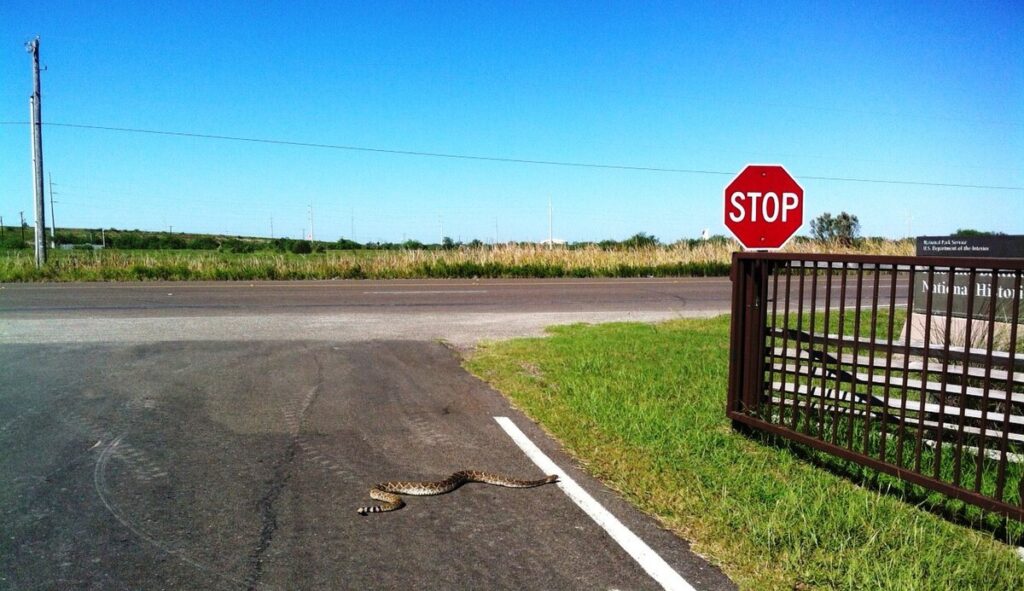
The environment in which an encounter occurs significantly influences whether a rattlesnake will rattle before striking. In areas with high ambient noise, such as near highways, waterfalls, or during storms, the effectiveness of the rattle as a warning signal diminishes considerably. Rattlesnakes may have evolved to recognize this limitation and might rely more on other defensive displays in noisy environments. The substrate also matters – a snake on loose sand or soil might vibrate its tail without producing much sound. Similarly, dense vegetation can muffle the rattling sound, potentially rendering it ineffective as a warning mechanism. These environmental factors add another layer of complexity to predicting rattlesnake behavior in various habitats.
Alternative Warning Behaviors
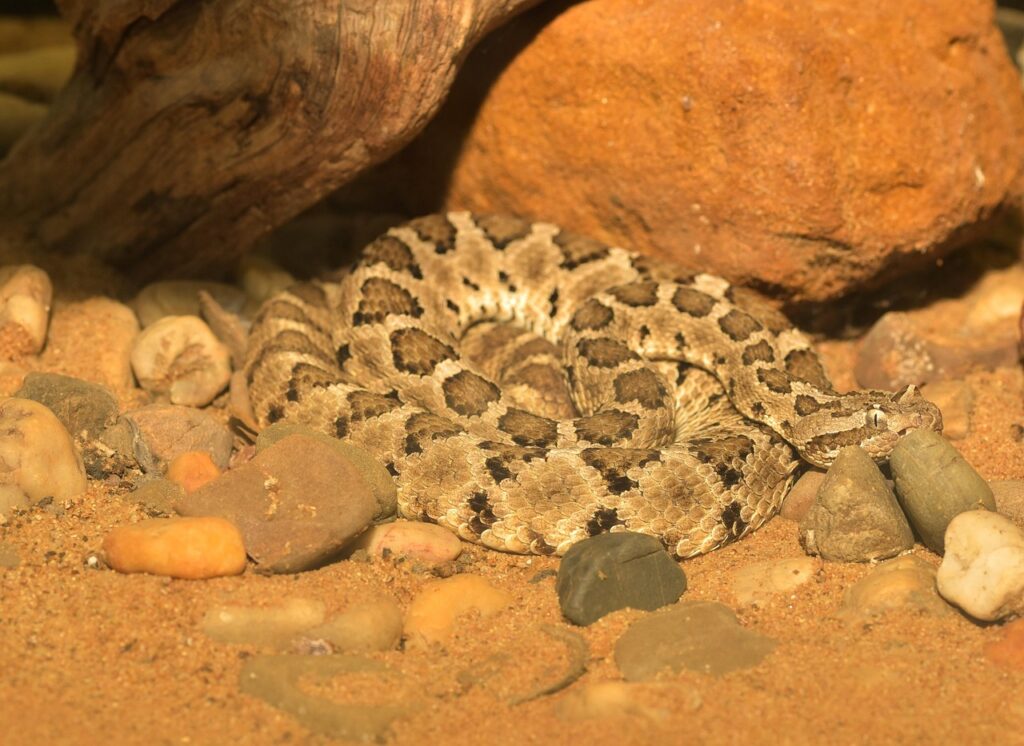
Rattling isn’t the only warning behavior in a rattlesnake’s defensive repertoire. Before striking, rattlesnakes often display a series of escalating warning signals that many people overlook. These typically begin with the snake remaining motionless, hoping its camouflage will prevent detection. If this fails, the snake may attempt to retreat quietly if an escape route is available. When retreat isn’t possible, the snake often coils into a defensive posture, raises its head, and may hiss loudly – all before rattling begins. Only after these preliminary warnings fail does the snake usually resort to rattling, followed by striking as a last resort. Understanding this sequence of behaviors can help people recognize when they’re approaching a dangerous situation, even in the absence of rattling.
Seasonal Variations in Rattling Behavior
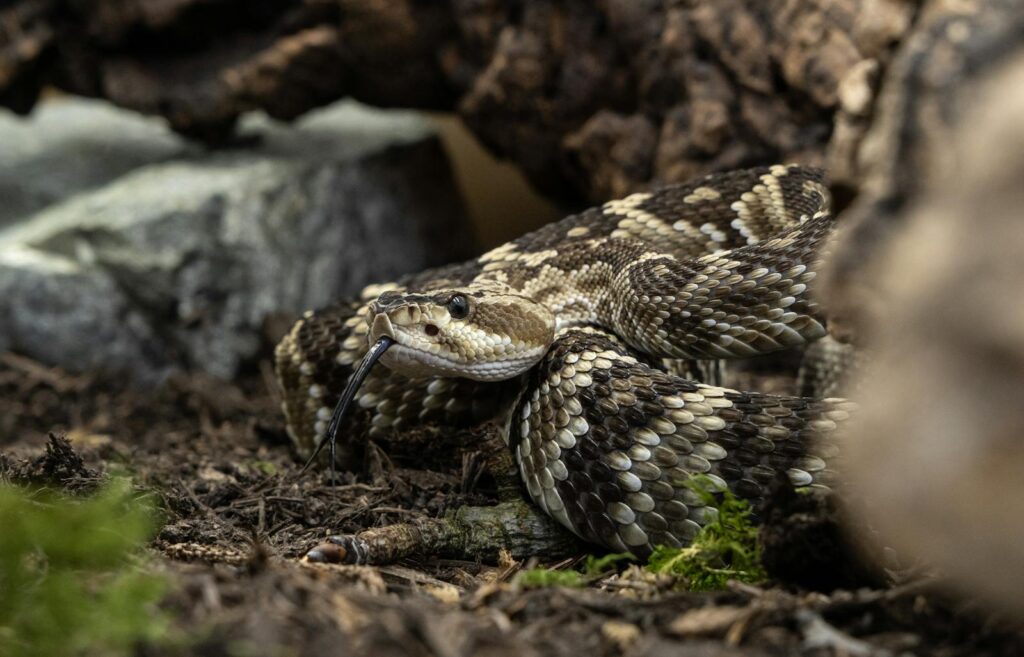
The time of year can significantly influence a rattlesnake’s propensity to rattle before striking. During breeding season, typically in spring, male rattlesnakes often become more aggressive as they compete for mates and may be more likely to strike without warning. Conversely, during the fall when rattlesnakes are preparing for brumation (reptile hibernation), they often conserve energy and may be less inclined to engage in energetically costly warning displays. Female rattlesnakes that are pregnant or have recently given birth tend to be more defensive and may strike more readily to protect themselves and their offspring. These seasonal variations make rattlesnake behavior even less predictable and highlight the importance of maintaining vigilance in rattlesnake habitat year-round.
Geographic and Species Differences

Not all rattlesnakes behave identically, with significant behavioral variations across the 36 recognized species. The Western Diamondback Rattlesnake (Crotalus atrox) is generally considered more aggressive and may strike with less provocation than the Timber Rattlesnake (Crotalus horridus), which often gives more persistent warnings. The Mojave Rattlesnake (Crotalus scutulatus) is notorious among herpetologists for its unpredictable behavior and tendency to strike with minimal warning. Geographic isolation has led to the evolution of distinct behavioral traits even within the same species, with populations adapting to local conditions and threats. These variations make it impossible to make blanket statements about rattlesnake warning behavior that apply universally across all species and regions.
Safety Recommendations for Rattlesnake Country
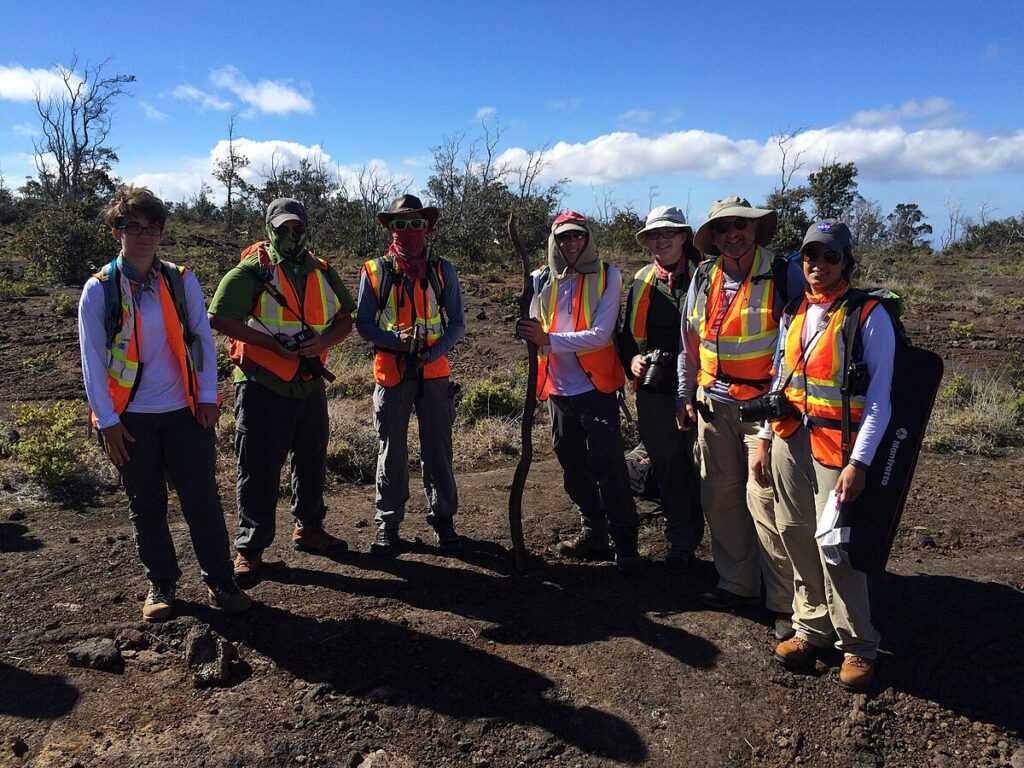
Given that rattlesnakes don’t always warn before striking, appropriate precautions are essential when in their habitat. Always wear closed-toe shoes or boots and long pants when hiking in rattlesnake territory, as most bites occur on the lower extremities. Remain vigilant and watch where you place your hands and feet, especially when climbing rocks or logs where snakes might be sheltering. Use a walking stick to probe areas ahead of you when visibility is limited by grass or underbrush. If you encounter a rattlesnake, remain calm and slowly back away, giving the snake plenty of space and an escape route. Remember that rattlesnakes don’t chase people – most bites occur when the snake is cornered or surprised, or when people attempt to handle or kill the snake.
The Scientific Consensus
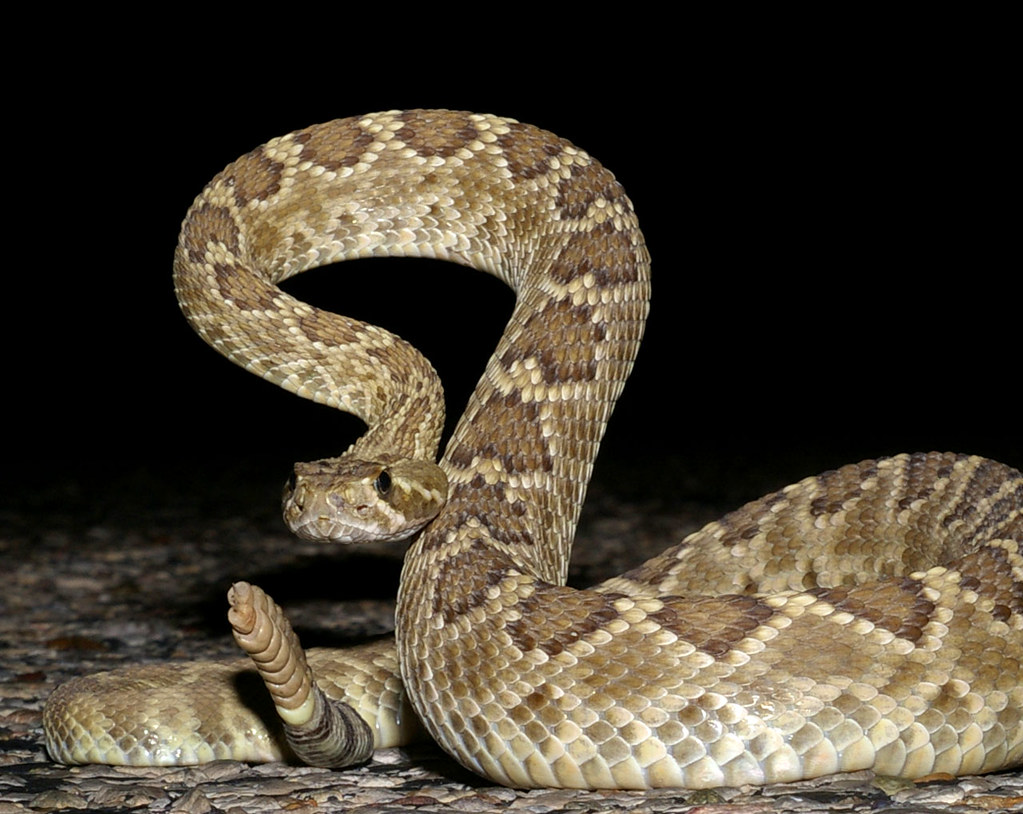
The scientific community has reached a clear consensus on our central question: rattlesnakes do not always rattle before striking. While rattling is a common defensive behavior, it’s just one option in the snake’s defensive strategy and may be bypassed depending on circumstances. Multiple peer-reviewed studies have documented instances of rattlesnakes striking defensively without preliminary rattling, particularly in surprise encounters. Herpetologists who work with rattlesnakes regularly emphasize that relying on a warning rattle is dangerous and potentially fatal. The variation in rattling behavior is so significant that the only safe approach is to assume that any rattlesnake encounter could result in a strike without warning, and to take appropriate preventative measures to avoid close encounters entirely.
In conclusion, while the rattlesnake’s iconic warning sound is a fascinating evolutionary adaptation, it should never be relied upon as a guaranteed warning system. These complex reptiles assess each situation individually and respond according to various factors including their physical state, the nature of the threat, environmental conditions, and their own individual temperament. For those venturing into rattlesnake territory, the safest approach is a combination of preventative measures, constant vigilance, and a healthy respect for these remarkable creatures’ space. Understanding that a silent rattlesnake may be just as dangerous as one announcing its presence is crucial knowledge for safely coexisting with these important members of our ecosystem.


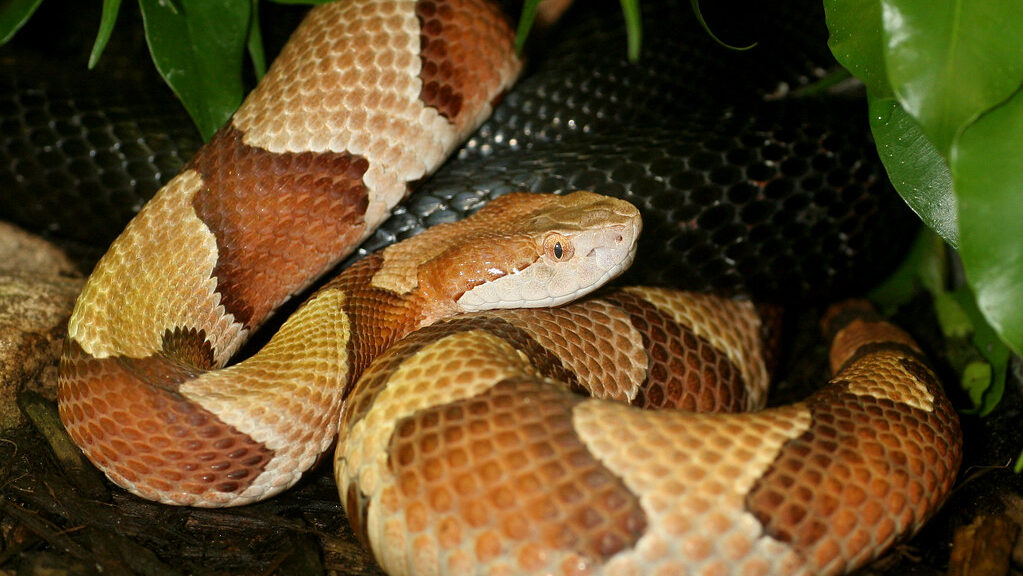

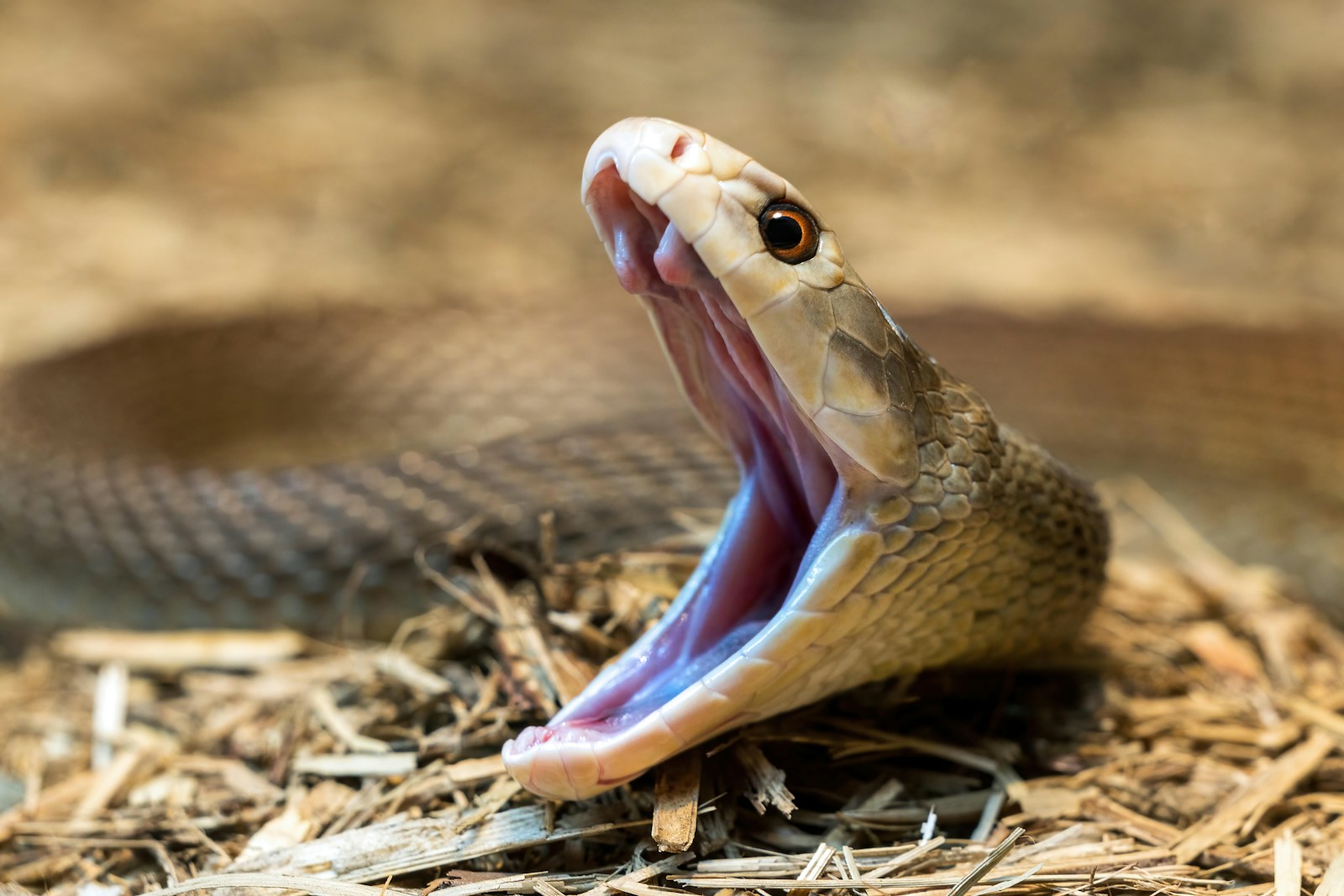
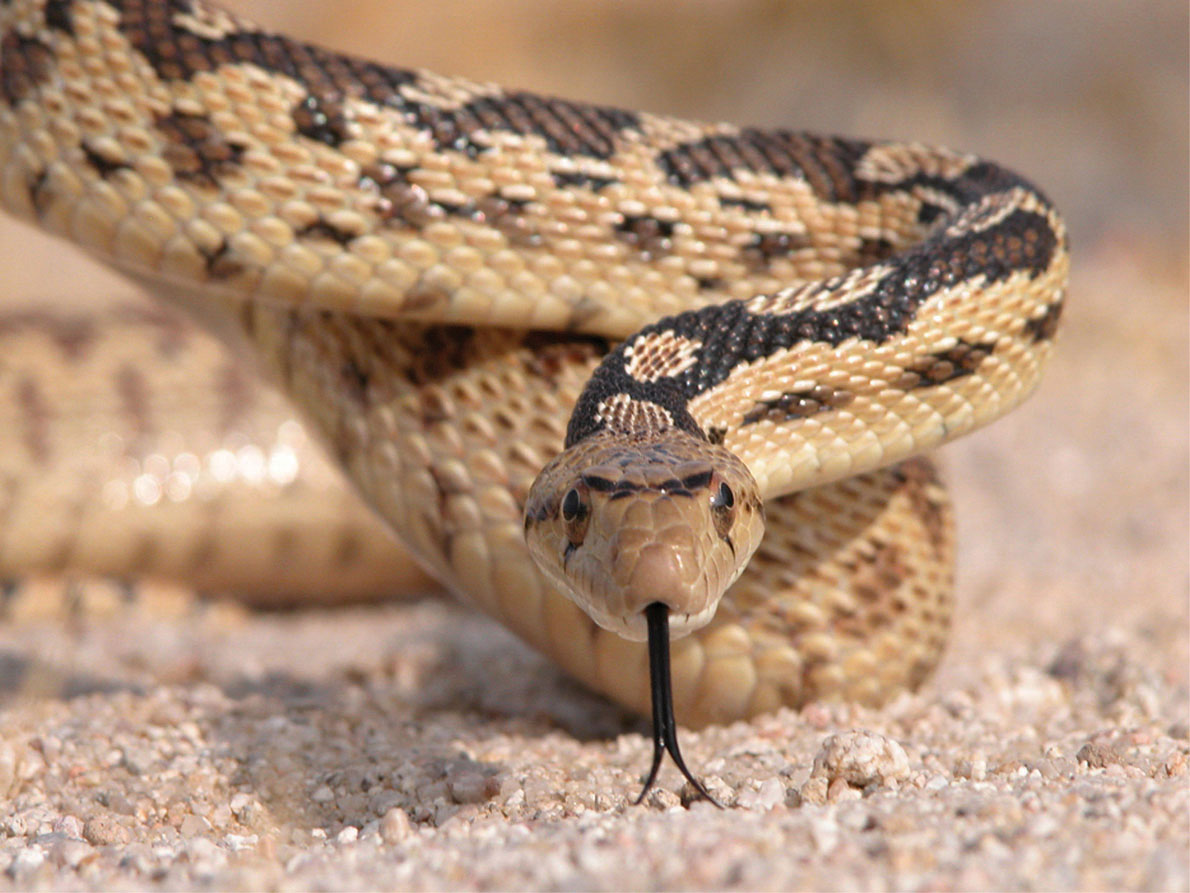

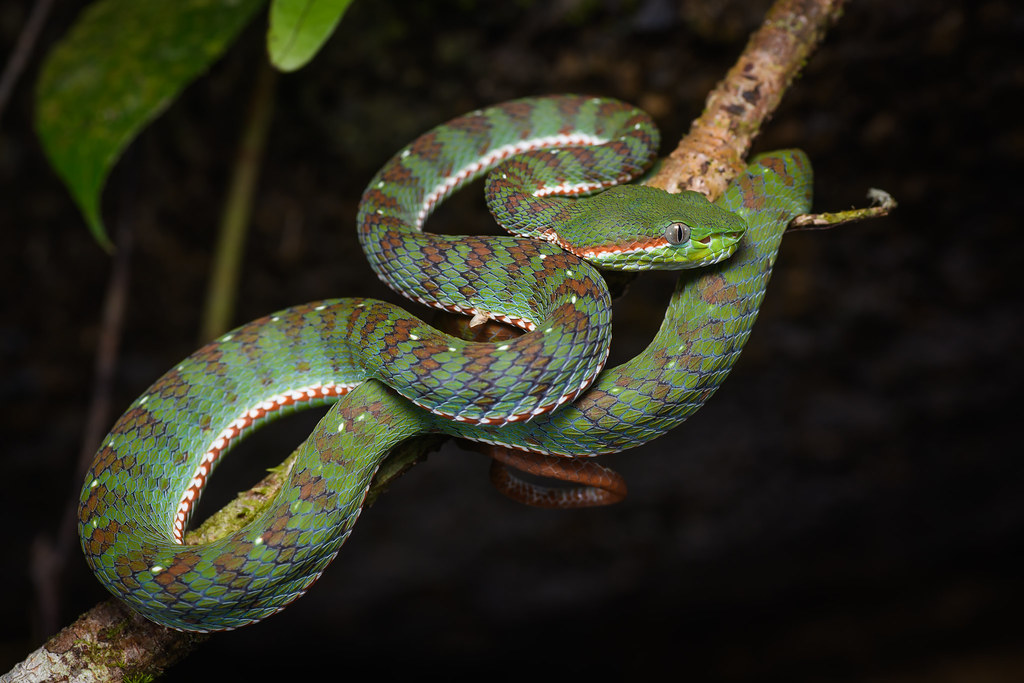
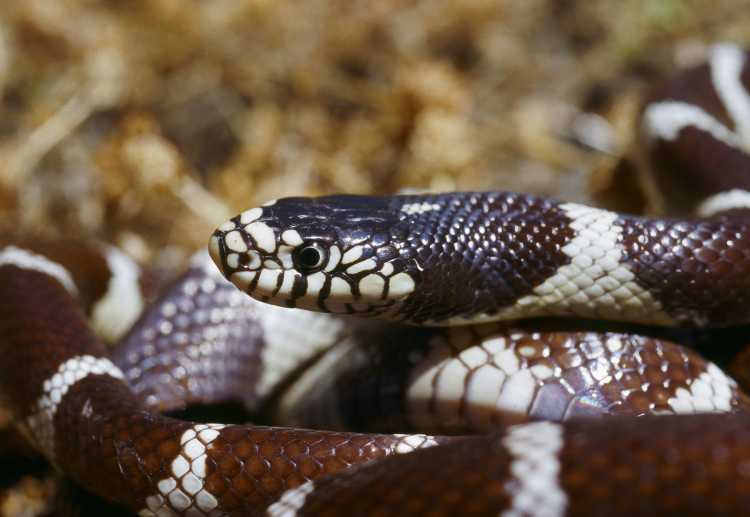
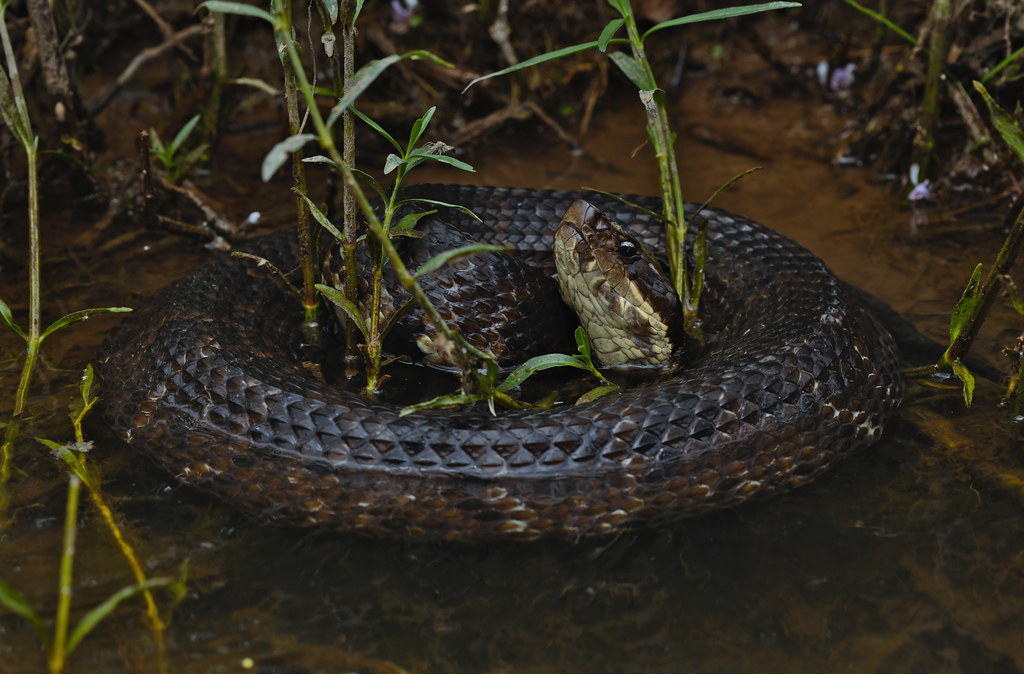
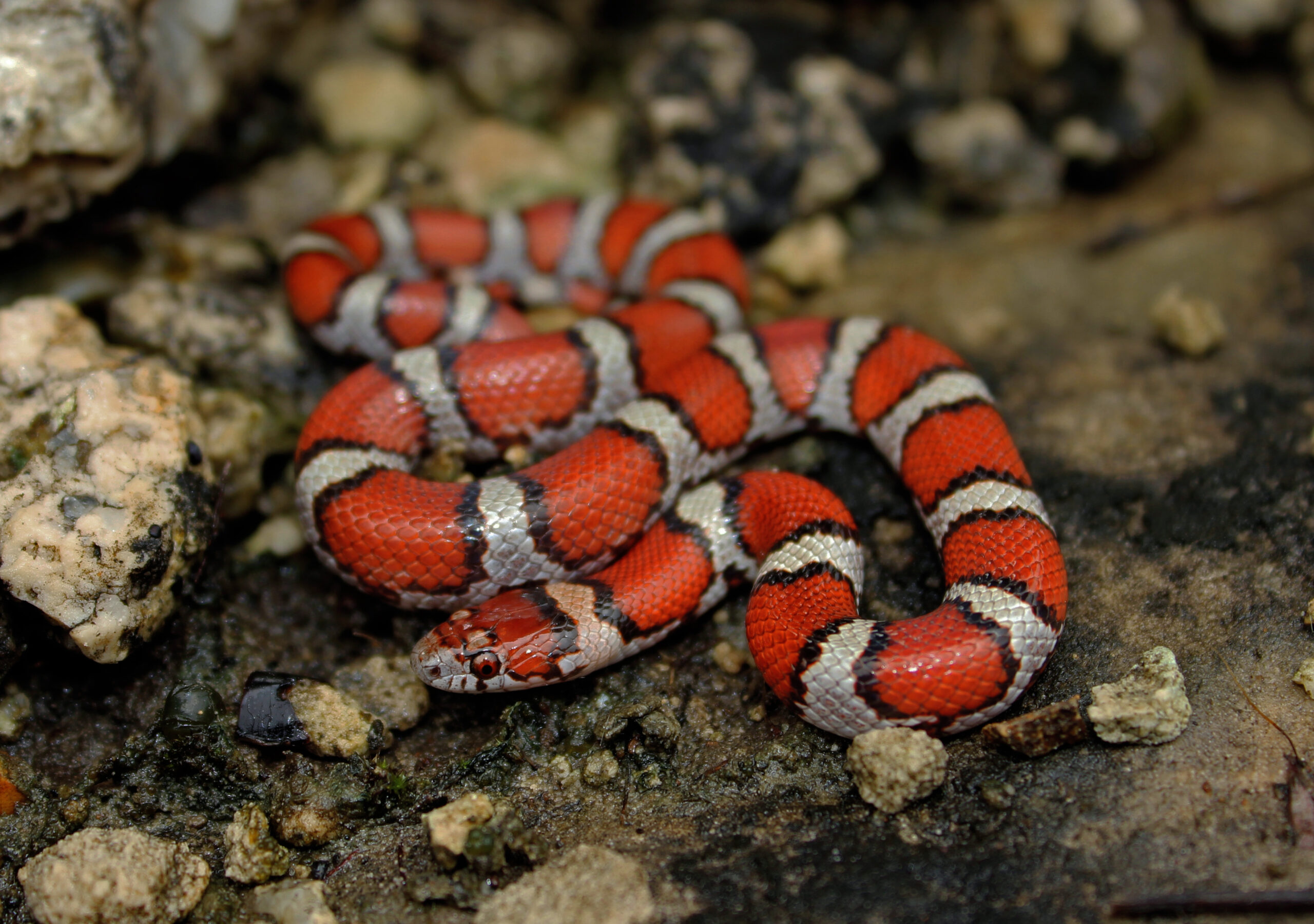
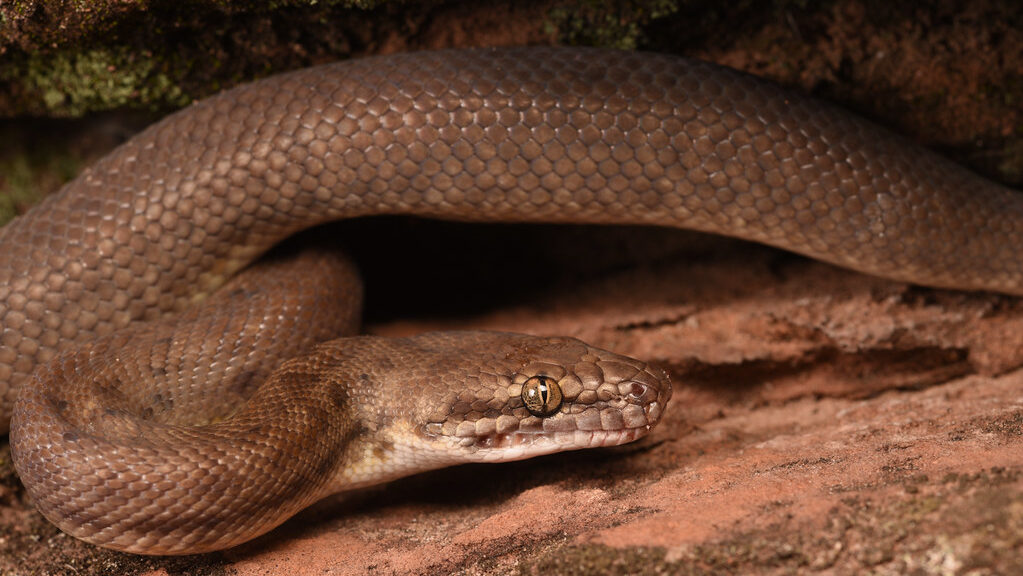




Leave a Reply